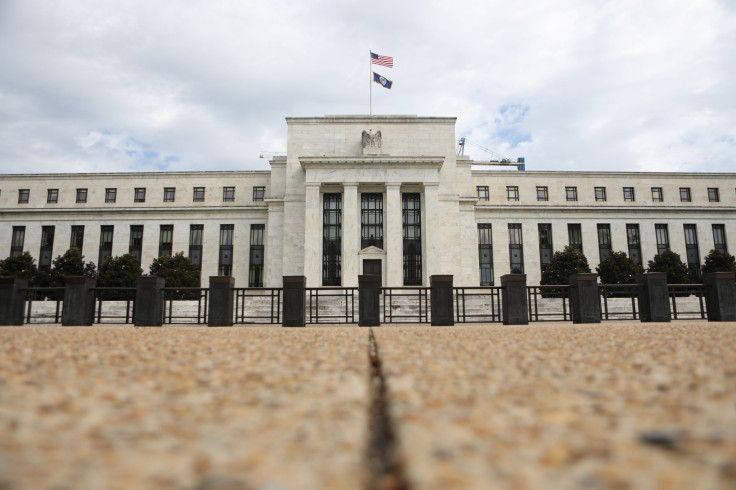Fed To Increase Rates In December: What Richard Clarida, Janet Yellen And Donald Trump Have Said

The Federal Reserve has raised interest rates three times in 2018 after years of keeping them at very low levels. A fourth rate hike to 2.5 percent is set for December, ahead of next week’s Federal Reserve meeting, and has drawn differing reactions from experts and public figures.
Fed Vice Chairman Richard Clarida, in his first public remarks since being sworn into office in September, said the best way forward is an interest-rate increase. In a speech on Oct. 25 at the Peterson Institute for International Economics in Washington, D.C., Clarida stated: “If the data come in as I expect, I believe that some further gradual adjustment in the federal-funds rate will be appropriate.”
Clarida added there are no concerns of inflation but that it’s the Fed's responsibility to “sustain a healthy and robust economy.”
As the GDP grows at 2-3 percent, the Fed typically keeps the fund rates between 2 and 5 percent to maintain a thriving economy. Because of December’s rate increase, the Fed is expected to approve another tweak to maintain this current policy path. If it isn't able to ensure these benchmarks, the markets may suffer "substantial ramifications," according to economists.
Former Federal Reserve Chair Janet Yellen on Tuesday said that “at this point, a couple more interest rate increases are necessary to stabilize growth at a sustainable pace and stabilize the labor market, so it doesn’t overheat.”
But not everyone agrees with the continued rate increases.
St. Louis Federal Reserve President James Bullard said he concurs with short-term interest rate levels and questioned why his colleagues anticipated steady increases.
“We’re in great shape right now,” Bullard told reporters last month. Bullard added that he went along with interest-rate increases this year because “the economy has surprised to the upside.”
President Trump has been highly critical of the Fed, which is an independent agency, and has made it clear that he thinks raising rates would hurt economic growth. He weighed in early October, claiming that the Fed “has gone crazy” with its 2018 rate increases.
The Fed has signaled it would raise rates to 3.0 percent in 2019 and 3.5 percent in 2020.
CNBC "Mad Money" host Jim Cramer said Tuesday that there needs to be a pause after raising rates in December.
"My main fear is that we could have a mini version of 2008 if the Fed doesn't change course," Cramer said, according to a CNBC transcript. "If Fed chief Jerome Powell actually starts listening to the stock market and wakes up to the damage that [Trump's] tariffs can do to the economy, then maybe he'll shift gears, just like [then-Fed Chairman Alan Greenspan] did in '98."
In recent weeks, financial markets have been volatile due to several factors. But figures released on Oct. 26 showed a 3.5 percent third-quarter economic growth. According to CME Group data, because of the market instability in October, some traders have dialed back the probability of the expected December rate hike as well as the projected March 2019 increase.
Some experts claim that if rates are hiked too quickly it may halt economic growth. If they wait too long to adjust rates upward, inflation may become problematic and force emergency tightening measures.
© Copyright IBTimes 2025. All rights reserved.





















